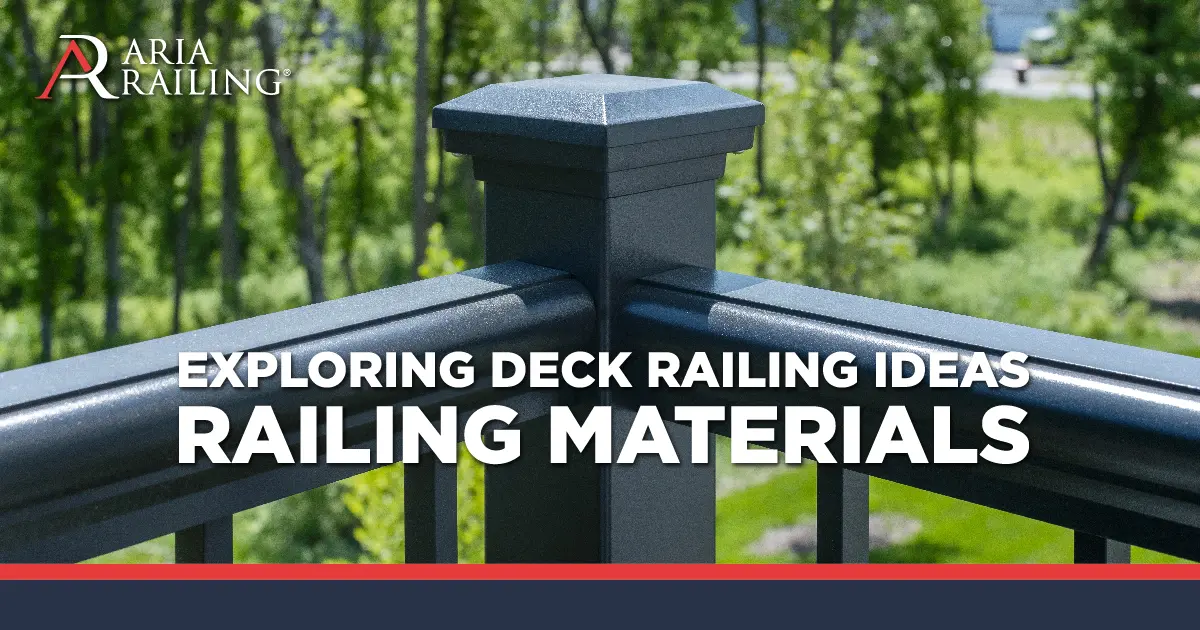
Exploring Deck Railing Ideas: Railing Materials
Exploring the diverse world of deck railing ideas, this blog delves into the pros and cons of four popular material options: wood, steel, vinyl, and aluminum. Wood, cherished for its timeless appeal, offers a cost-effective solution with intricate design possibilities but demands meticulous maintenance and has a limited lifespan. Steel, known for its modern aesthetic and strength, requires consideration for potential rust issues and delivery lead times. Vinyl, celebrated for durability and low maintenance, may face challenges with bulkier components and susceptibility to temperature extremes. Aluminum emerges as a sleek and durable choice, resistant to rust and corrosion, with minimal maintenance requirements and recyclability. This comprehensive guide aims to assist homeowners in making an informed decision, weighing the unique attributes of each material against lifestyle, budget, and aesthetic preferences to enhance their outdoor living experience.

Wood
People have long known wood for its classic aesthetic appeal and utility in design. Let's delve into the pros and cons of opting for this traditional material.
Wood railings offer a cost-effective solution for budget-conscious homeowners, combining affordability with style. Their versatile design allows for intricate customizations, catering to both traditional and modern preferences. Additionally, wood railings seamlessly transition between exterior decks and interior spaces, creating a cohesive aesthetic throughout the home. The timeless beauty of wood, with its natural grain patterns and various wood species, adds warmth and character to any space. However, it's essential to note potential drawbacks.
Wood may not undergo rigorous testing to meet building codes, requiring careful verification of local regulations. Susceptible to the elements, wood can deteriorate, rot, and attract insects without proper care. With a limited lifespan of around 10 years, regular maintenance tasks such as sealing, staining, or painting become essential to ensure longevity and structural integrity, emphasizing the need for ongoing upkeep efforts.
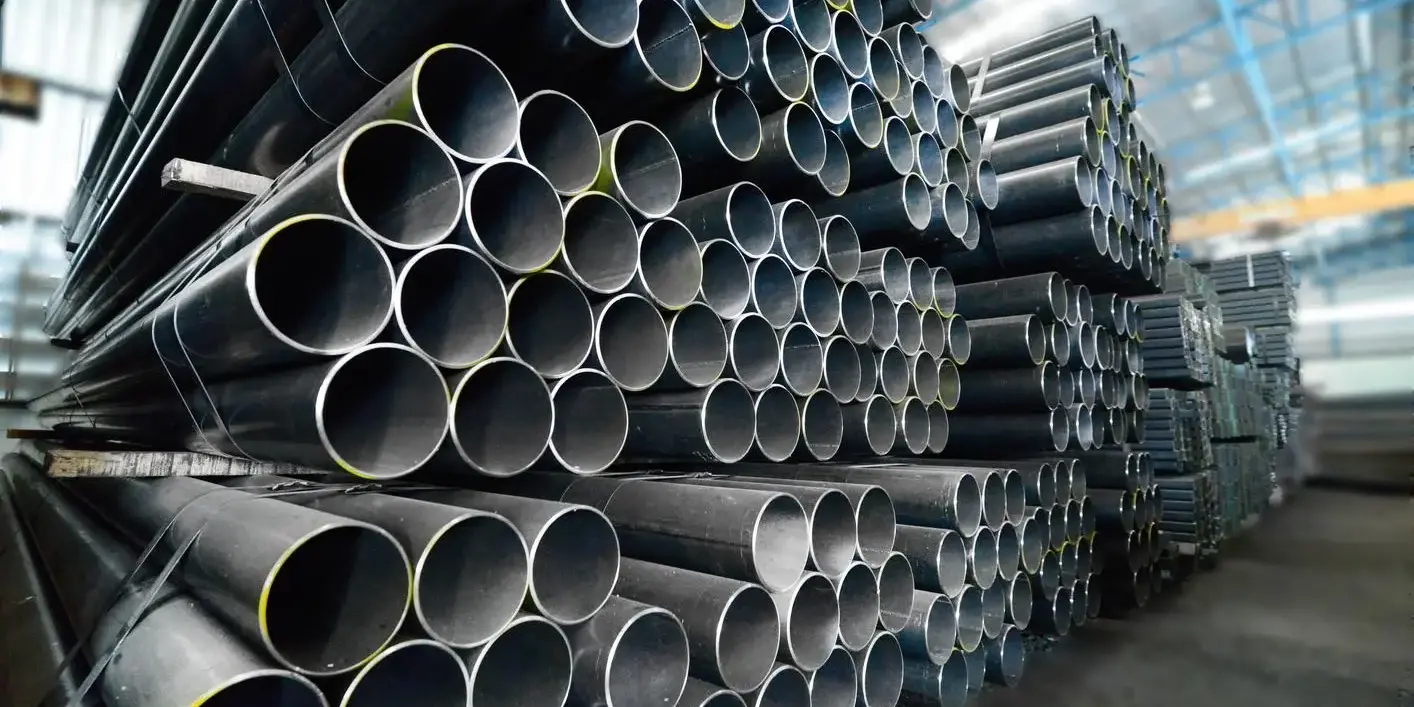
Steel
Steel railings bring a modern and robust aesthetic to any deck. Let's explore the strengths and potential challenges associated with choosing steel for your railing needs.
Steel railings are distinguished by their exceptional strength and durability, providing a reliable and long-lasting solution for sturdy railings. The malleability of steel allows for diverse design possibilities, accommodating sleek contemporary styles or intricate and ornate designs. Homeowners can choose from a variety of infill options, including glass panels and cable railings, enabling customization based on transparency preferences. Furthermore, steel's recyclable nature aligns with environmentally conscious practices, contributing to sustainability in construction materials.
Considerations must be made for potential rust repair costs over time, as exposure to the elements can lead to rust formation. Regular inspections are essential to address rust spots promptly and maintain structural integrity. While steel is known for its strength, rust can compromise its stability, emphasizing the importance of proactive measures. Extended lead times for delivery, especially with custom designs or specific finishes, should be factored into project planning. Additionally, varying weld quality necessitates choosing a reputable supplier and ensuring proper welding techniques to guarantee the railing's strength and stability.
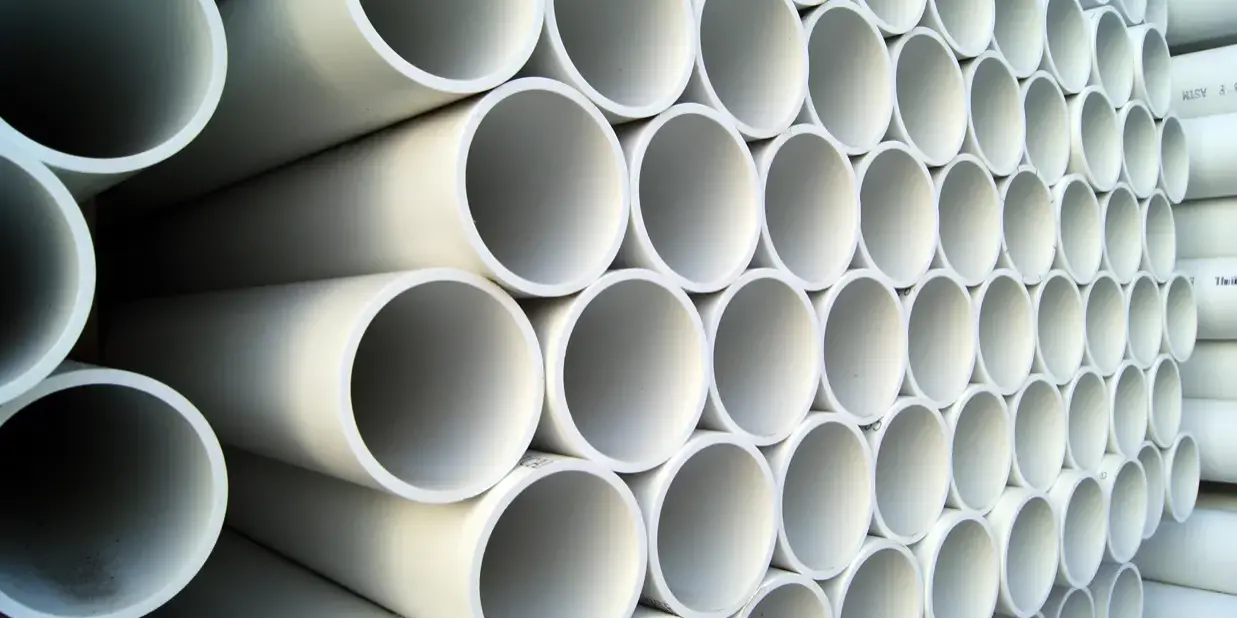
Vinyl
Vinyl is popular in the railing industry for its durability and low maintenance. Let's look into the benefits and drawbacks of vinyl.
Vinyl railings offer a strength that surpasses traditional wood, providing enhanced durability for a long-lasting railing solution. In some cases, vinyl railings can be reinforced with aluminum to meet commercial building codes, expanding their applicability across various settings. With the benefits of a durable and low-maintenance option, there are some drawbacks to consider.
Vinyl railing systems often feature bulkier components that may obstruct views from the deck, especially for homeowners prioritizing unobstructed scenic views. Additionally, while vinyl railings come in various colors, darker hues are more prone to fading over time with prolonged exposure to sunlight, requiring careful consideration for a consistent aesthetic. In extremely cold temperatures, vinyl has the tendency to become brittle, reducing flexibility and increasing the risk of cracking or breakage, making it important for homeowners in colder climates to factor this into their decision-making process. Continuous exposure to sunlight and rain can impact the appearance and integrity of vinyl railings, causing wear and discoloration over time. Notably, vinyl is not recyclable, which may be a consideration for those prioritizing environmentally friendly and sustainable building practices.
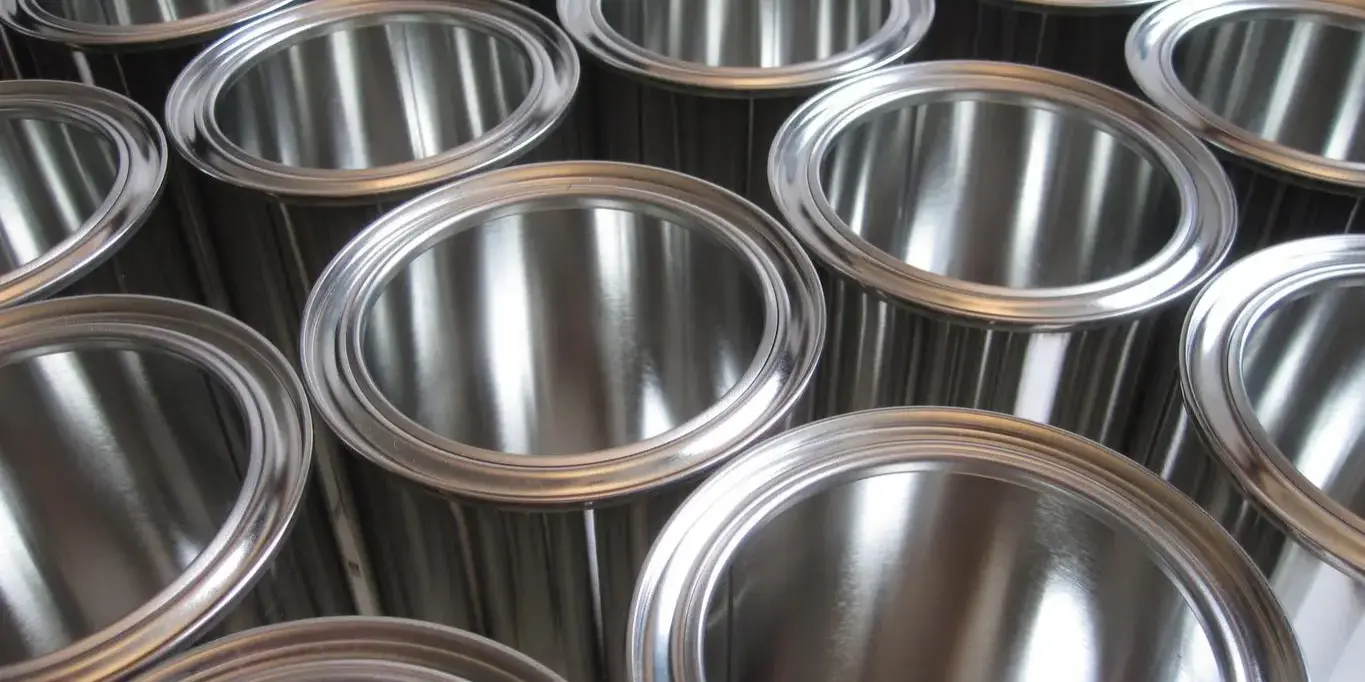
Aluminum
Aluminum railings have become increasingly popular for their sleek aesthetics and impressive durability. Let's explore the pros and cons of choosing aluminum as your preferred railing material. You can also click here to see a side-by-side comparison of aluminum railings compared to the competition.
Aluminum railings present a highly durable solution, inherently resistant to rust, corrosion, and decay, ensuring a lasting railing system suitable for both residential and commercial applications. These railings often feature powder or liquid coatings, adding an extra layer of protection against the elements and enhancing resistance to fading, scratching, and weather-related wear. Known for their minimal maintenance requirements, aluminum railings typically only need regular cleaning to maintain their appearance, making them an attractive hassle-free option. Environmentally conscious homeowners will appreciate aluminum as a recyclable material, contributing to sustainability efforts. The sleek and compact design of aluminum railings provides a modern and unobtrusive appearance, allowing for a minimalist aesthetic that complements various architectural styles. Natural resistance to corrosion makes aluminum ideal for outdoor applications, with the ability to withstand exposure to rain, snow, and humidity without compromising structural integrity. Additionally, aluminum railing systems often come with longer industry warranties, reflecting manufacturers' confidence in their durability and performance.
Aluminum may be becoming one of the most popular deck railing materials, but there are considerations needed to be made. Aluminum comes with a price point comparable to steel options, requiring homeowners to weigh long-term benefits against the initial investment. Limited selection of standard colors and fewer intricate design choices compared to some materials may also be factors for those prioritizing customization and highly ornate designs.
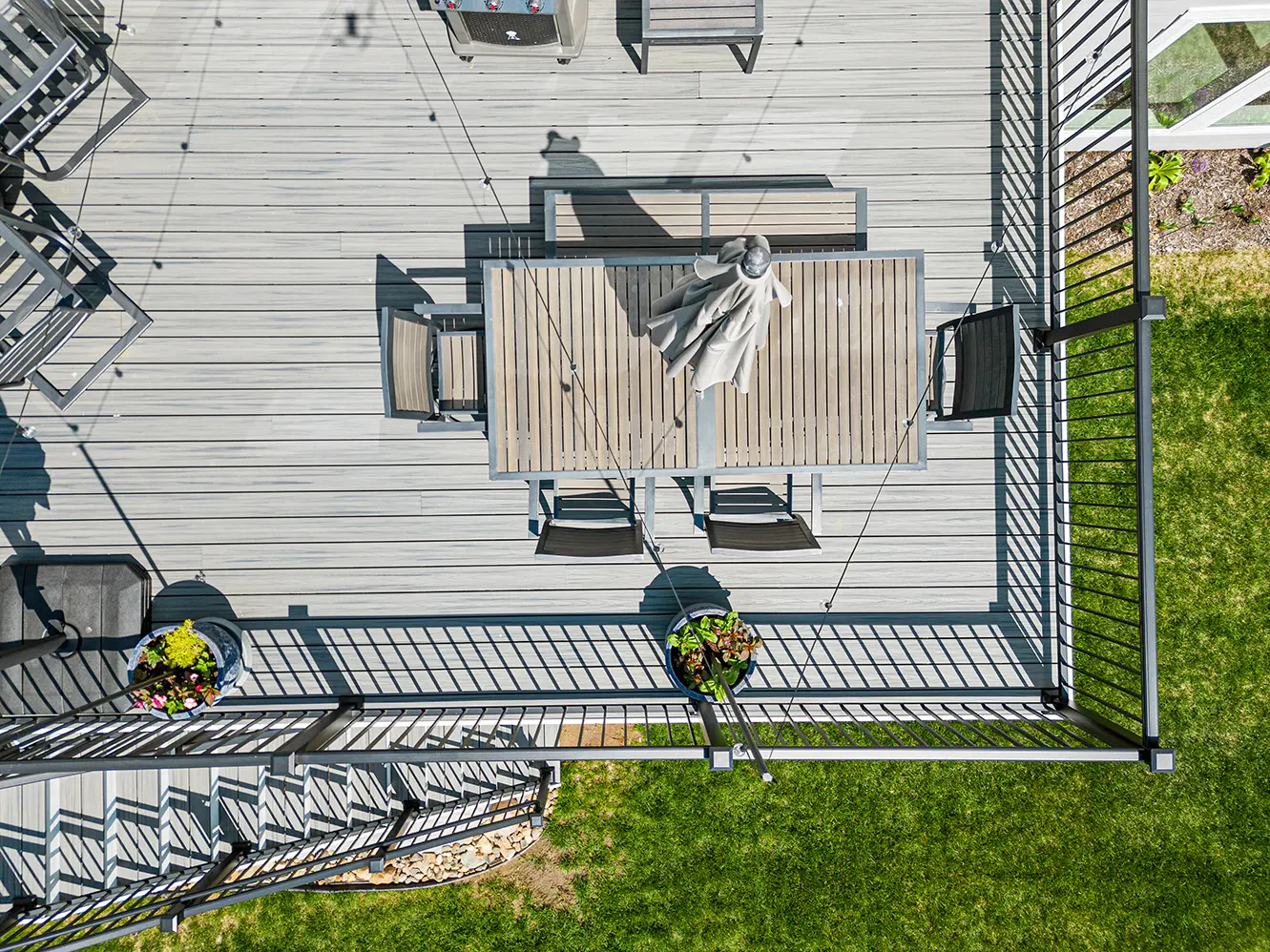
Conclusion
In conclusion, selecting the right deck railing material is a crucial decision that balances functionality and aesthetics. Each option—wood, steel, vinyl, and aluminum—brings its own set of advantages and drawbacks.
Wood offers a classic and cost-effective choice, but it requires regular maintenance and has a limited lifespan. Steel boasts strength and design flexibility but comes with concerns about rust and lead times. Vinyl provides durability but may become brittle and lacks recyclability. Aluminum stands out for durability, low maintenance, and recyclability, but it's comparably priced and has fewer standard color choices.
Ultimately, the decision should align with your lifestyle, budget, and aesthetic preferences. Choose the material that matches your style and vision for your outdoor space. Whether you prefer wood, steel, vinyl, or aluminum, make a choice that suits your needs and looks good. Think about practicality, find balance, and choose a deck railing that improves your outdoor living experience.
